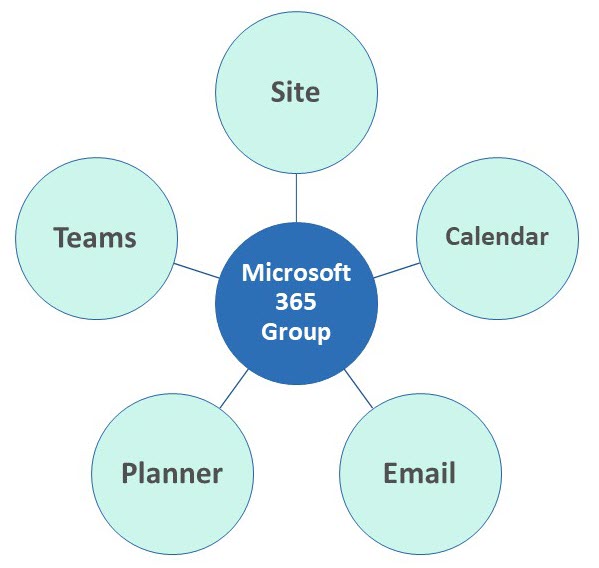5 Types of Plans in Planner
Ever since Planner was released in 2016, it has undergone some significant changes, especially in 2024. It was pretty much rebuilt from the bottom up, and we now have changes to both the look and feel, as well as some underlying architecture. One significant change that occurred was the ability to create plans that are independent of a Microsoft 365 Group. It is very important to understand what they are and their security implications. So let me summarize it all for you in this article.
Type 1: Personal Plan
This is the new capability we now have. It is similar to that of Microsoft Lists. Just like we can create a personal list in Lists, we can now create a Personal Plan in Planner that is visible and accessible only to the user who created it. If you want to manage tasks and assign them to yourself, you can use this option.



An Example of a Personal Plan in Planner
(The padlock designates that it is a Private/Personal Plan and is not associated with a Microsoft 365 Group)
Type 2: Plan connected to a Microsoft 365 Group
This is a Plan we had since day one. Whenever you create a Plan in Planner, you would either need to tie it to an existing Microsoft 365 Group or create a brand new one. The membership of a Microsoft 365 Group controls access to the plan. By adding a user to the plan, they will be added to a Microsoft 365 Group and have access to all its other resources, including SharePoint Sites, Teams, and Group Calendars in Outlook.

An example of a Microsoft 365 Group with the Planner attached
If you’d like to connect your plan to the Microsoft 365 Group, go to your Personal Plan and click Share.

You will then be presented with the screen below, where you will be prompted to either connect a Plan to an existing group or create a brand new Microsoft 365 Group.

Type 3: Plan connected to Microsoft Loop
This is another plan you might end up with. It’s not a plan you would create directly in Planner, but rather one that is created automatically if you decide to manage tasks in Loop and then sync them with Planner. I explained this capability in this article.


Example of a Plan created from Loop Tasks
Type 4: Plan from To Do Lists
Another type of Plan you might see in your Planner App is one created from To Do. To Do, of course, is the personal task management app within Microsoft 365. I blogged about it previously. If you decide to organize your tasks in a list within To Do, that list translates into a Plan in Planner.
Unlike the other Plans that have both List and Board (Kanban-style) views, plans from To Do only have a list view.

Example of a Plan in Planner created from a List in To Do
Type 5: Premium Plan
The fifth type of plan you can end up within Planner is a Premium Plan. This Plan can only be created if your organization subscribes to Planner Premium. This Plan allows you to create project schedules in a Gantt Chart format, among other things. The Premium Plan can be either personal (private to the user) or part of a Microsoft 365 Group.

Example of a Timeline View on a Premium Plan

Premium Plan Creation Screen
You can also convert an existing Basic Plan (Personal or part of a Microsoft 365 Group) to Premium Plan.

